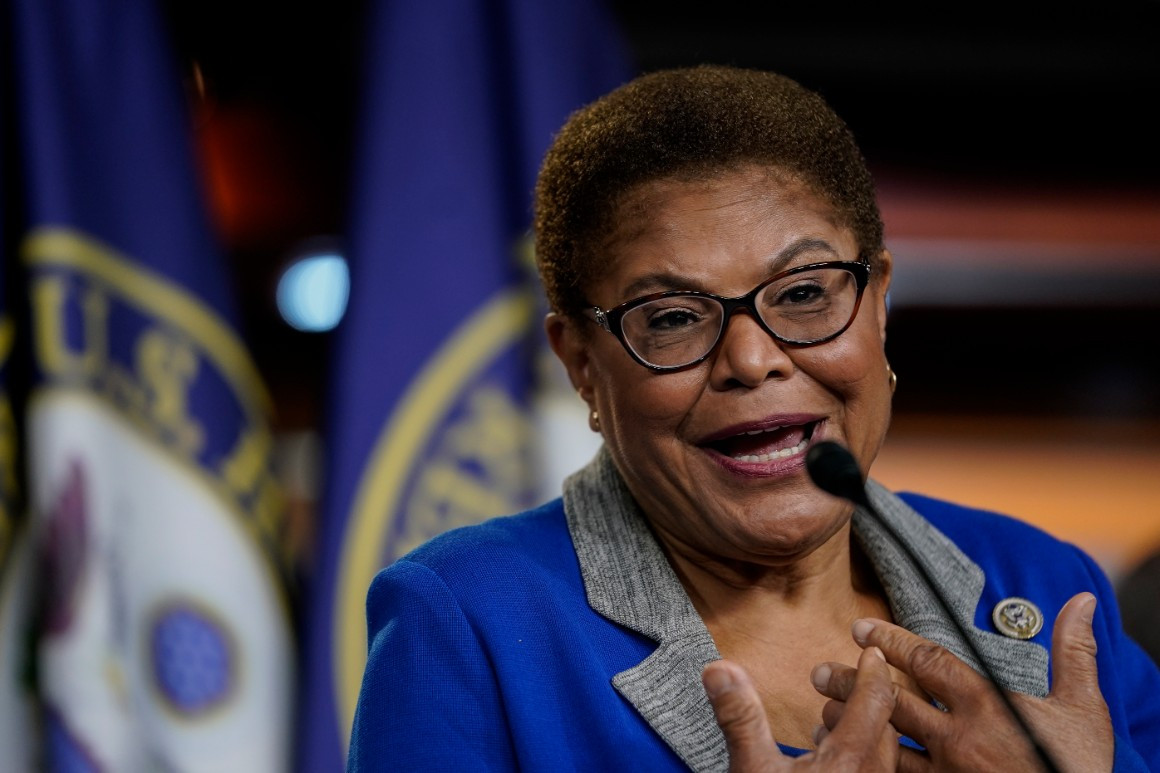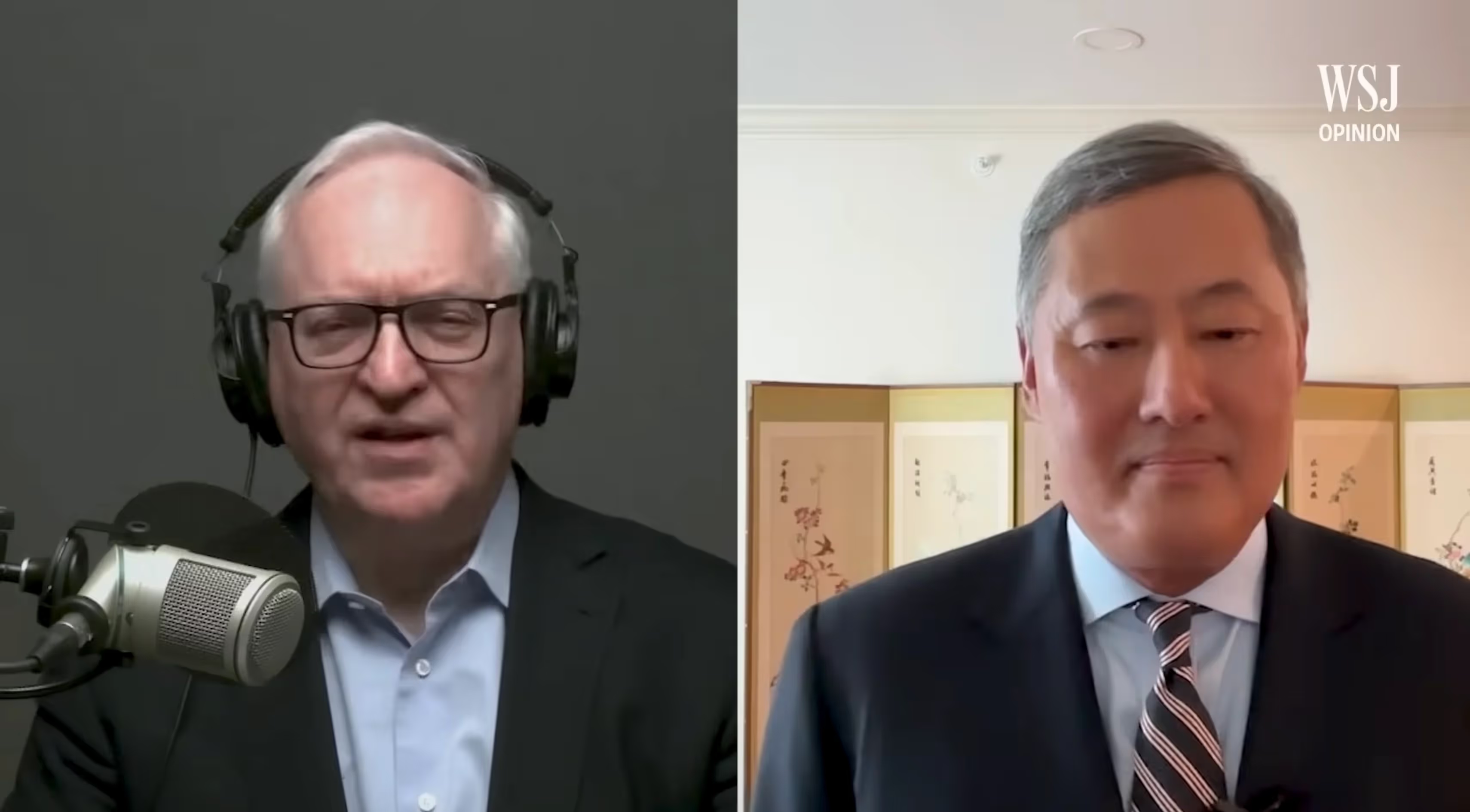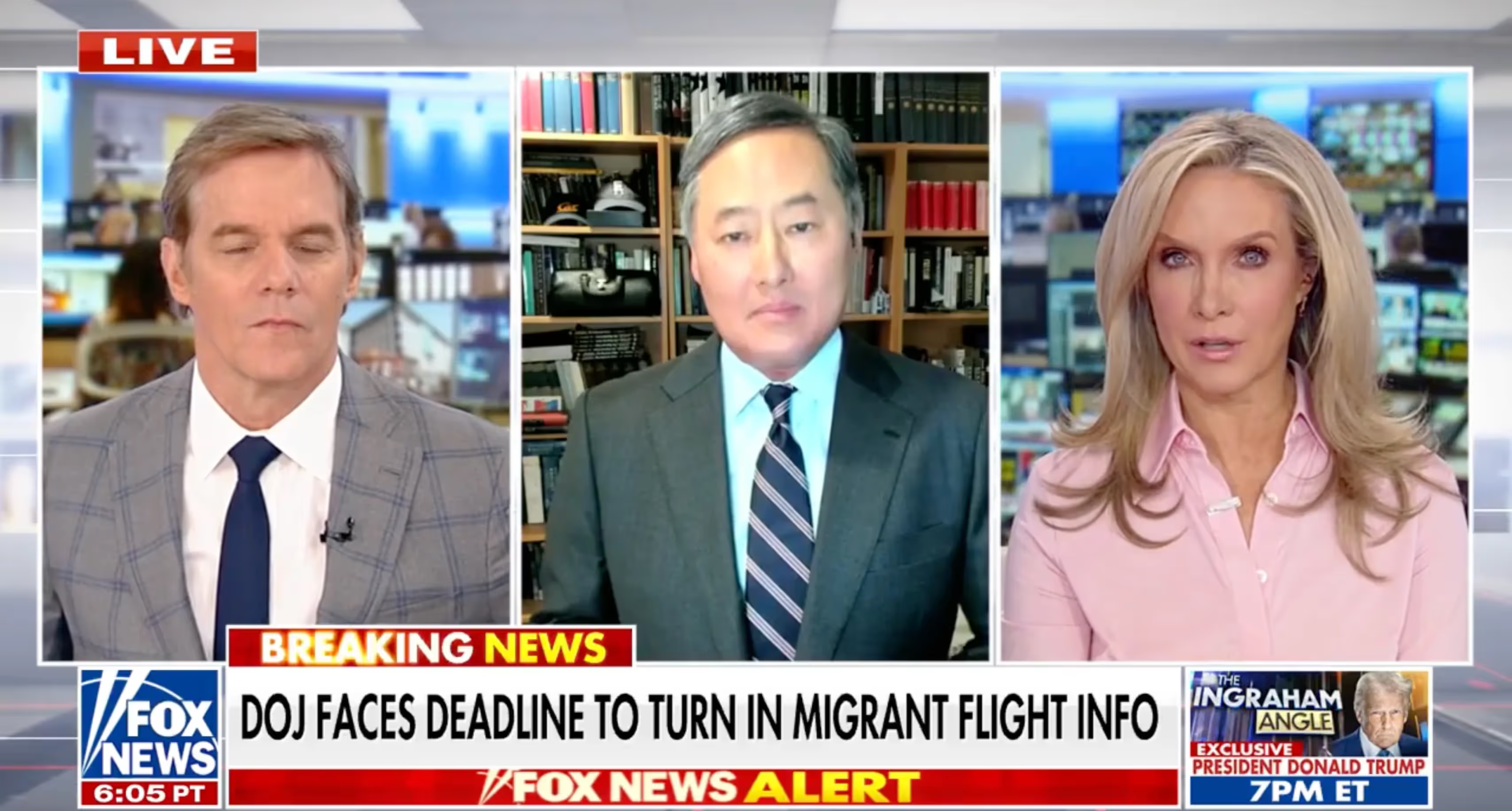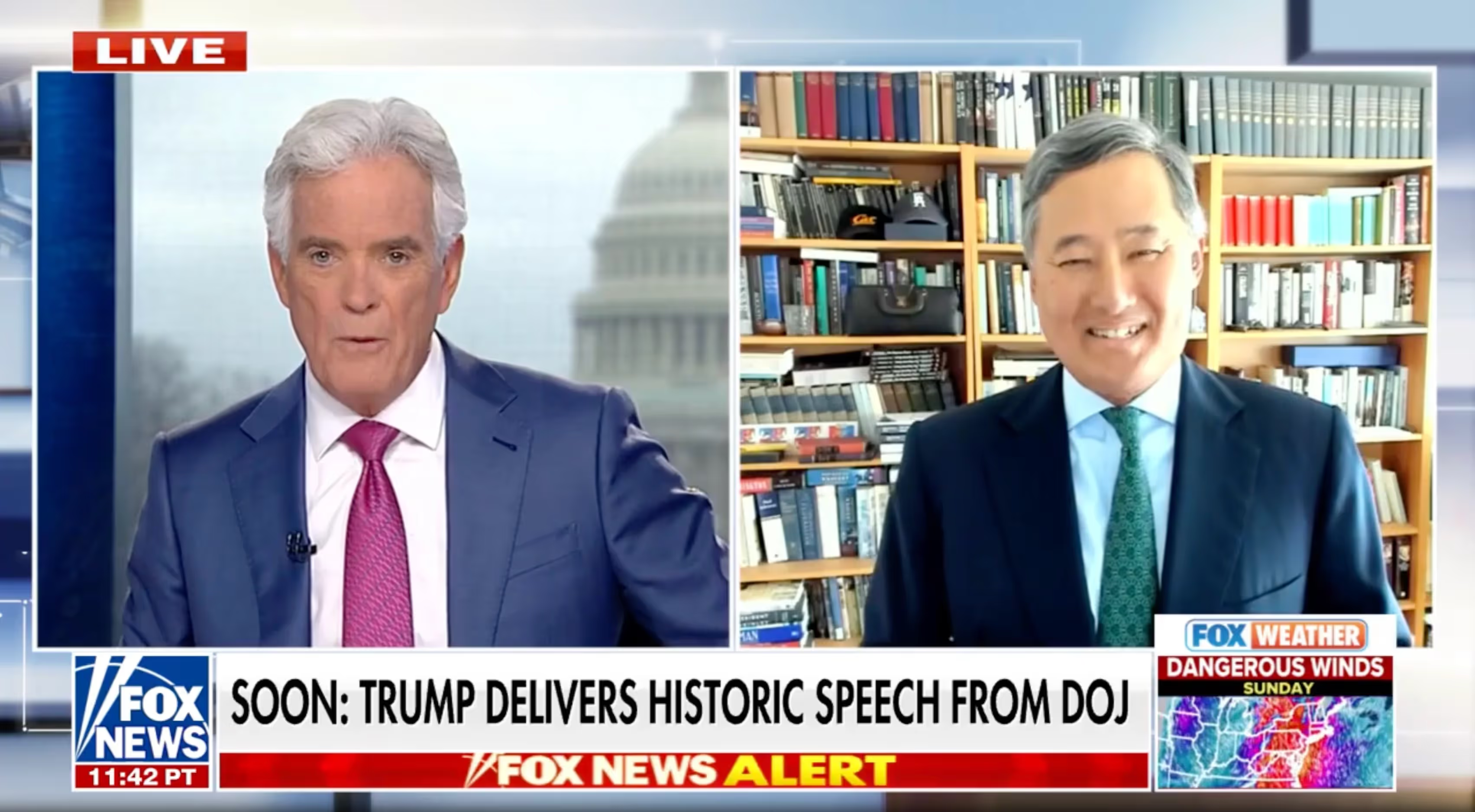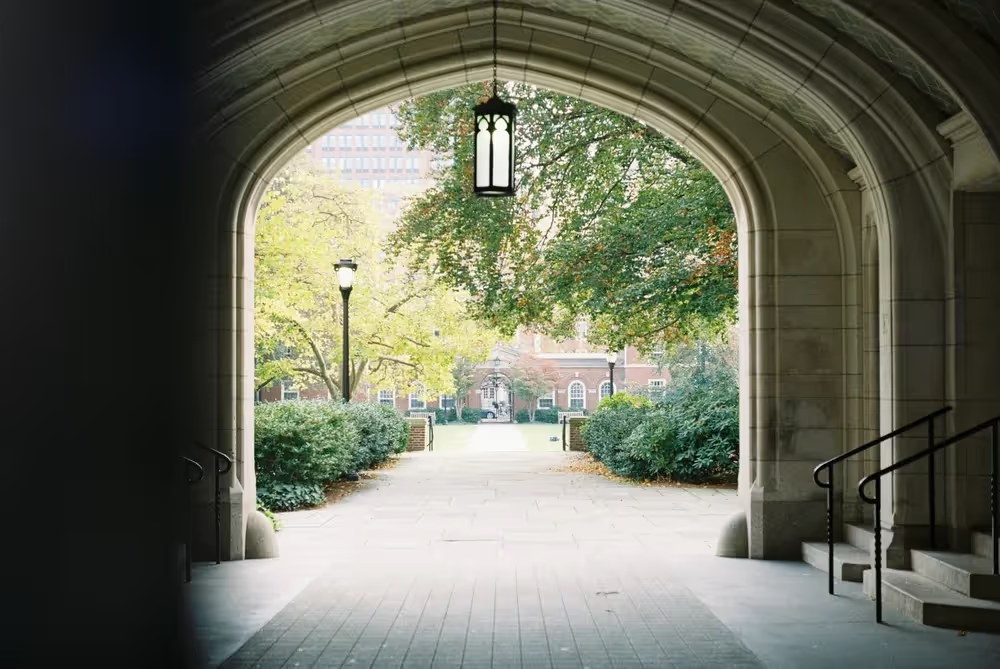
The Endowment Tax on Educational Institutions After the Big Beautiful Bill
We should all be nervous about the economic state of America’s elite academic institutions, no matter how flawed those institutions may be.
In “Why Endowments of Educational Institutions Shouldn’t be Taxed,” I discussed the tax on the “net investment income” from endowments of some private colleges. I argued that the tax—included in the Tax Cuts and Jobs Act of 2017 and now found in Section 4968 of the Internal Revenue Code—has many defects. The tax doesn’t directly affect many schools, but 56 paid a total of $381 million in 2023.
For taxable years beginning in 2026 and thereafter, the endowment tax was modified by the so-called One Big Beautiful Bill Act (OBBBA)—blessedly not its official name—signed by the president on July 4. The amendments make the tax more painful in some ways (e.g., raising rates) but also exempt small schools from the tax. Those amendments are the subject of this article.
The Joint Committee on Taxation staff has projected that the tax, over a ten-year period, will raise $761 million more than if it hadn’t been amended. That’s a rounding error in the federal budget, but it’s real money to affected institutions. Economist Phillip Levine reported in the Chronicle of Higher Education that Harvard’s tax bill is expected to jump by almost $270 million next year—to over $323 million—and the American Enterprise Institute has estimated that, between 2026 and 2030, Harvard’s total tax liability will reach $2 billion. Ouch!
To What Institutions Does the Amended Tax Apply?
One big change made by OBBBA is in the institutions to which the tax applies. In its 2017 form, the tax applied to a private educational institution
(1) with 500 or more tuition-paying students during the year (calculated on a full-time equivalent (FTE) basis), more than half of whom are in the U.S.; and
(2) if, at the end of the prior year, the fair market value of the institution’s assets (including assets of related organizations, but let’s stay out of those weeds) that weren’t used directly in carrying out its exempt educational purposes was at least $500,000 per student.
The second requirement—the endowment-per-student test—hasn’t changed, but when the OBBBA amendments go into effect, the endowment tax will apply only to private schools with 3,000 or more FTE students. That change exempts many small, well-endowed institutions—largely but not entirely liberal arts colleges—that had been subject to the tax. Think Amherst, Caltech, Grinnell, Swarthmore—each of which will, because of the change, save between $2 million and $4 million annually. (Apparently, Smith College’s enrollment recently dropped below 3,000. We can be sure no effort will be made to get back above that figure.) Phillip Levine estimates that only about 16 schools will pay the amended tax. The major losers are the usual suspects: Harvard, Yale, Stanford, Princeton, MIT, etc. As Rick Grafmeyer of Capital Tax Partners puts it, “It’s not an endowment tax anymore. It’s a research university tax.”
During congressional deliberations, an unsuccessful effort was made to exempt religious schools and schools that don’t receive federal funding. (Notre Dame and Hillsdale College seem to have been the intended beneficiaries.) The Senate parliamentarian ruled, however, that changes of that sort couldn’t be made as part of the reconciliation process. With that ruling, the bill would have required 60 rather than 50 votes in the Senate—a nonstarter. As a result, Notre Dame lost (sorry, Gipper!), but Hillsdale came out OK because of the change in the number-of-students test.
Increase in Rates
The endowment tax in its current form applies at a 1.4% rate to an affected institution’s “net investment income” (NII). For taxable years beginning after 2025, the OBBBA establishes a three-tiered rate structure applied to an expanded conception of NII (as described later):
1.4% for any school with a “student adjusted endowment” (SAE)—basically the ratio of endowment to the number of FTE students—of at least $500,000 but no more than $750,000;
4% for institutions with SAEs above $750,000 but no more than $2 million; and
8% for institutions with SAEs above $2 million.
This is not a graduated rate system. If an institution has an SAE of $2,000,001, the entire NII is taxed at an 8% rate. That additional dollar of SAE would be costly.
As bad as this is for affected institutions, it could have been worse. As the legislation was working its way through Congress, the proposed rate at one point was 21%—the rate that applies under the corporate income tax. That proposal fell by the wayside. Even if one thinks that educational institutions ought to be taxed like corporations, the endowment tax isn’t applied in the same way as the corporate income tax. Indeed, it can apply to an institution that has no net income in a particular year. “Net investment income” doesn’t take into account the profits (or, more likely, the losses) from an institution’s educational operations.
Expansion of “Net Investment Income”
The existing endowment tax has been imposed on “net investment income”—a concept intended to be akin to net income from a school’s endowment. The OBBBA changed the calculation of NII. For taxable years beginning after 2025, the term will also take into account interest income from student loans made by the institution itself and “Federally-subsidized royalty income”—that is, royalty income from intellectual property developed by faculty or students using federal funding. Expanding the definition of NII will increase the tax liability for some institutions (and would have done so even if the rate structure hadn’t been changed).
A Few Thoughts About the Modified Endowment Tax
As I wrote in my earlier article, I find distasteful the attack on elite educational institutions, of which the endowment tax is a part. The goal of the administration and many members of Congress is clear: to go after institutions they view as filled with “Marxist maniacs” (the president’s phrase) and “the enemy” (a term used by then-Senator J.D. Vance). As the American Council on Education’s Jonathan Fansmith noted in Forbes, the endowment tax is “not really about revenue. It’s really about punishing these schools that right now a segment of the Republican party doesn’t like.” Motives matter, and many supporters of the endowment tax are badly motivated.
I understand that many educational institutions deserve to be held accountable. We all know about the antisemitism and indoctrination in some departments at the schools subject to the tax. And those schools have lost the support of much of the public. A recent Manhattan Institute poll found that 46 percent of the respondents trust Ivy League schools “to act in the best interest of the public” “not much” or “not at all.” But it still makes me nervous to have the federal government getting involved in academic matters in this way.
However, I must question one argument advanced by supporters of the elite institutions: that the tax is going to dramatically affect the amount of scholarship aid available to students. For example, education expert Mark Kantrowitz has said that at some schools, the amended endowment tax will lead to a tax obligation that exceeds the schools’ total financial budgets, “making it difficult for colleges to continue to award very generous financial aid.” There’s something to that, of course, but it’s important to realize that many “scholarships” don’t involve outlays of funds.
The National Association of College and University Business Officers (NACUBO) reported on June 24th that the so-called “discount rate” for colleges (reflecting the difference between sticker prices—stated tuition figures—and what is actually paid) has reached record levels. That should be no surprise. For years, sticker prices have gone up faster than inflation. And sticker prices don’t reflect what the average student pays at most institutions.
You can call the difference between what a particular student pays and the sticker price a “scholarship,” if you wish. Doing so makes students and parents happy, and it helps raise money from unsuspecting donors. (“We need more dollars for student aid!”) But unfunded “scholarships” are nothing but price adjustments, and no institution could attract a top-notch student body if everyone had to pay full price.
Consider this hypothetical: Suppose a university has a stated tuition figure of $50,000, but the average student pays $20,000. If the university raised its sticker price to $100,000 and nothing else changed, would anyone think each student had received an additional scholarship of $50,000? Yes, the purported discount rate would go up dramatically, and the school’s financial statements might show the “discount” as an expense. But the endowment tax should not affect what is imaginary financial aid.
The amended tax will, however, have an enormous economic effect on many institutions. Five of the affected schools are likely to have increased tax liability of more than $100 million annually (not including the increased costs of compliance). Even for the richest schools, that’s real money. Couple that with reductions in federal research support (Harvard is challenging a $2 billion reduction in funds that had been already appropriated), a threatened challenge to Harvard’s tax-exempt status, and even administration support for a challenge to Harvard’s accreditation (which, according to the version of the Constitution I’m familiar with, isn’t within the purview of the president). We should all be nervous about the economic state of America’s elite academic institutions, no matter how flawed those institutions may be.
Erik M. Jensen is the Coleman P. Burke Professor Emeritus of Law at Case Western Reserve University.
Politics
.webp)
Liberal Democracy Reexamined: Leo Strauss on Alexis de Tocqueville
This article explores Leo Strauss’s thoughts on Alexis de Tocqueville in his 1954 “Natural Right” course transcript.
%20(1).avif)
Long Distance Migration as a Two-Step Sorting Process: The Resettlement of Californians in Texas
Here we press the question of whether the well-documented stream of migrants relocating from California to Texas has been sufficient to alter the political complexion of the destination state.
%20(3).avif)
Who's That Knocking? A Study of the Strategic Choices Facing Large-Scale Grassroots Canvassing Efforts
Although there is a consensus that personalized forms of campaign outreach are more likely to be effective at either mobilizing or even persuading voters, there remains uncertainty about how campaigns should implement get-out-the-vote (GOTV) programs, especially at a truly expansive scale.
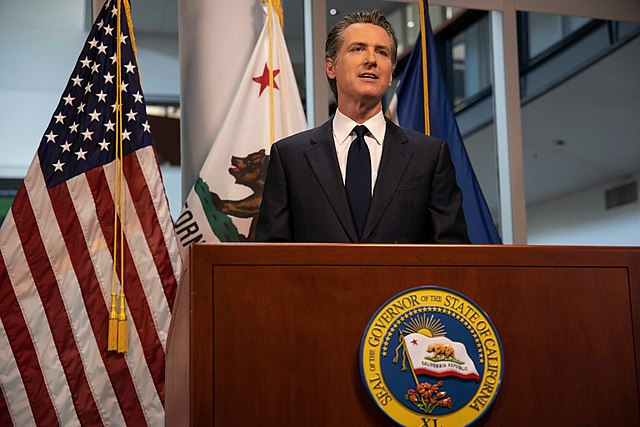
California job cuts will hurt Gavin Newsom’s White House run
California Governor Gavin Newsom loves to describe his state as “an economic powerhouse”. Yet he’s far more reluctant to acknowledge its dramatically worsening employment picture.

An anti-woke counter-revolution is sweeping through the media
From Hollywood to the newsroom, the hegemony of the ‘progressives’ is finally faltering.

The Family Policy Symposium
How should we approach the problems of family formation and fertility decline in America?

How States Can Help Families
When it comes to daily life, states can – and should – experiment with different approaches to centering families’ needs in public policy.


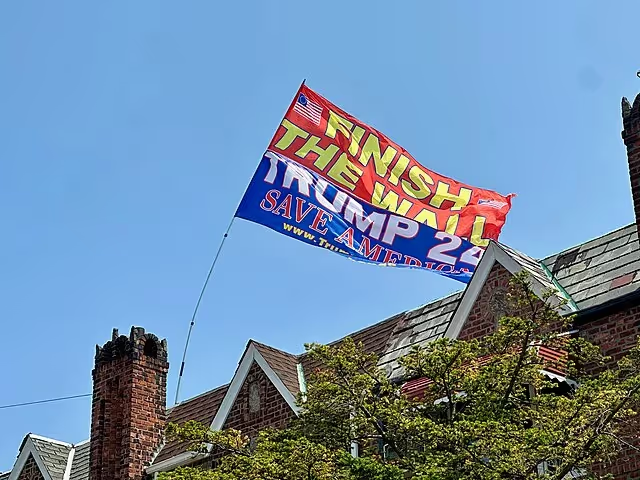

%20(1).jpg)
